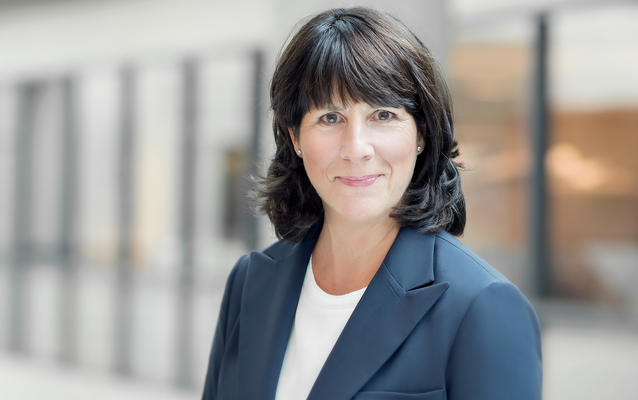Sophie Brochu, President and CEO, discusses Getting It Done:
I became CEO at Hydro-Québec at the onset of COVID’s terrible toll on the world. For all its fright, hardships and tragedy, the pandemic has taught us lessons in humanity. From my experience at the head of North America’s largest renewable energy generator, I have realized just how critical and fundamental it is to keep people at the center of everything we do to combat climate change and safeguard health.
Decarbonizing our economies will undeniably be costly. Large, transformative investments need to be made. My job and yours in the energy world is to provide workers and families with clean and affordable energy for the future. People have better things to do with their money than to pay an ever-increasing utility bill.
How do we both decarbonize and spare the ratepayer? Let’s think outside the box, set aside economic protectionism, and look beyond the financial bottom line. I call on my colleagues in the energy sector to rethink some of the business models that have guided us in the past. The global crisis requires collaborative regional solutions.
By leveraging our strengths, we can deploy a bouquet of complementary solutions over a much wider geographical area. The US Northeast is developing considerable solar and wind energy resources to replace fossil fuels. This is fantastic. However, these new renewables are variable, and need a backup for those days when the wind isn’t blowing and the sun isn’t shining. Hydro-Québec’s network of reservoirs is literally the largest battery in North America and offers enormous storage capacity that can unlock the full potential of solar and wind. Having 24/7 access to Québec’s reservoir storage capacity will help keep the lights on – and costs down. You don’t need to take my word for it. Leading academics and researchers from MIT and Duke University, as well as the United States International Trade Commission have come to the same conclusion.
Separately, none of us have all the resources needed to transition to clean energy, but by pooling our strengths, we can greatly reduce our carbon footprint. For our complementary renewable resources to work together however, we need to build transmission “bridges” between our systems. It’s been 30 years since the last transmission line was built to connect US markets to the vast hydropower resources in Québec.
“Building back better” now means harnessing today’s opportunity to invest in job-creating shovel-ready transmission line projects like the Champlain Hudson Power Express or the New England Clean Energy Connect, which has begun construction. They will help the US Northeast to cost-effectively meet fast-approaching climate and clean energy targets.
We all share the same dreams and fears. We want our children to live fulfilling and healthy lives in a safe environment, without the looming peril of climate change. All the red flags are up: the increasing frequency of devasting floods and killer heat waves, and a new report from the Intergovernmental Panel on Climate Change reminding the world of the need to act quickly to avoid the most devastating effects of climate change.
“Getting it Done” isn’t just a tagline, it’s a rallying cry, and one we can’t ignore. I’m proud that Hydro-Québec is stepping up to this challenge and uniting with like-minded stakeholders during Climate Week NYC to make a positive difference.
